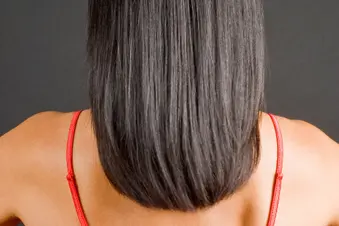Quiz: Test Your Hair Straightening Smarts


Question 1/14
The safest way to straighten hair is using:
- Chemicals
- Heat
- Shampoos or styling products
Question 2/14
The most effective way to straighten hair is using:
- Chemicals
- Heat
- Shampoos or styling products
Question 3/14
Some straightening products contain formaldehyde.
- True
- False
Question 4/14
Amino acid straightening treatments can:
- Give you straight hair in 30 minutes or less
- Make your hair pin-straight
- Loosen curls and smooth frizz
- Straighten your hair permanently
Question 5/14
If used incorrectly, chemical hair straighteners can:
- Burn the scalp
- Cause breakage
- Cause hair loss
- All of the above
Question 6/14
“No-lye” formulas don’t hurt your hair.
- True
- False
Question 7/14
Before getting your hair chemically straightened, you should:
- Not color your hair for six months
- Consult with an experienced stylist
- Do a deep-conditioning treatment
- All of the above
Question 8/14
Chemical hair straighteners shouldn’t be used more than:
- Once a week
- Once a month
- Every six to eight weeks
- Every three months
Question 9/14
Never straighten your hair with keratin and color it at the same time.
- True
- False
Question 10/14
The right hairbrush can smooth your hair and minimize frizz.
- True
- False
Question 11/14
To protect your hair when flat ironing, you should:
- Buy a high-quality flat iron
- Apply a silicone-based spray or serum beforehand
- Use the flat iron on the lowest setting that works for your hair
- All of the above
Question 12/14
The only way to fix damaged hair is to cut it.
- True
- False
Question 13/14
Thermal reconditioning lasts for:
- Two to three months
- Four to six months
- Nine months to a year
- Until your hair grows out
Question 14/14
It's dangerous for pregnant women to straighten their hair.
- True
- False
